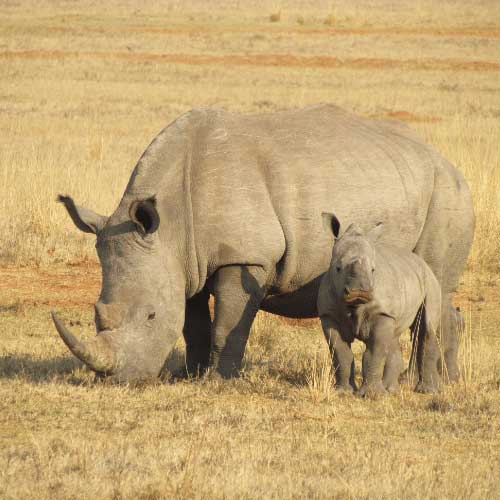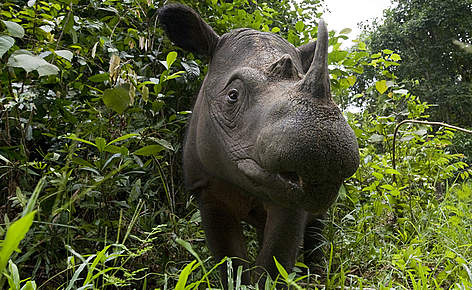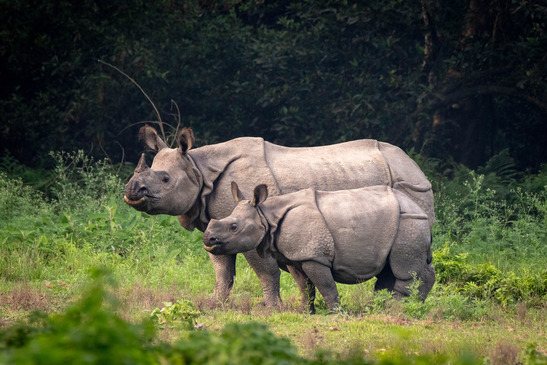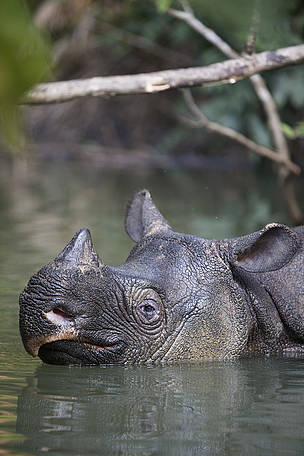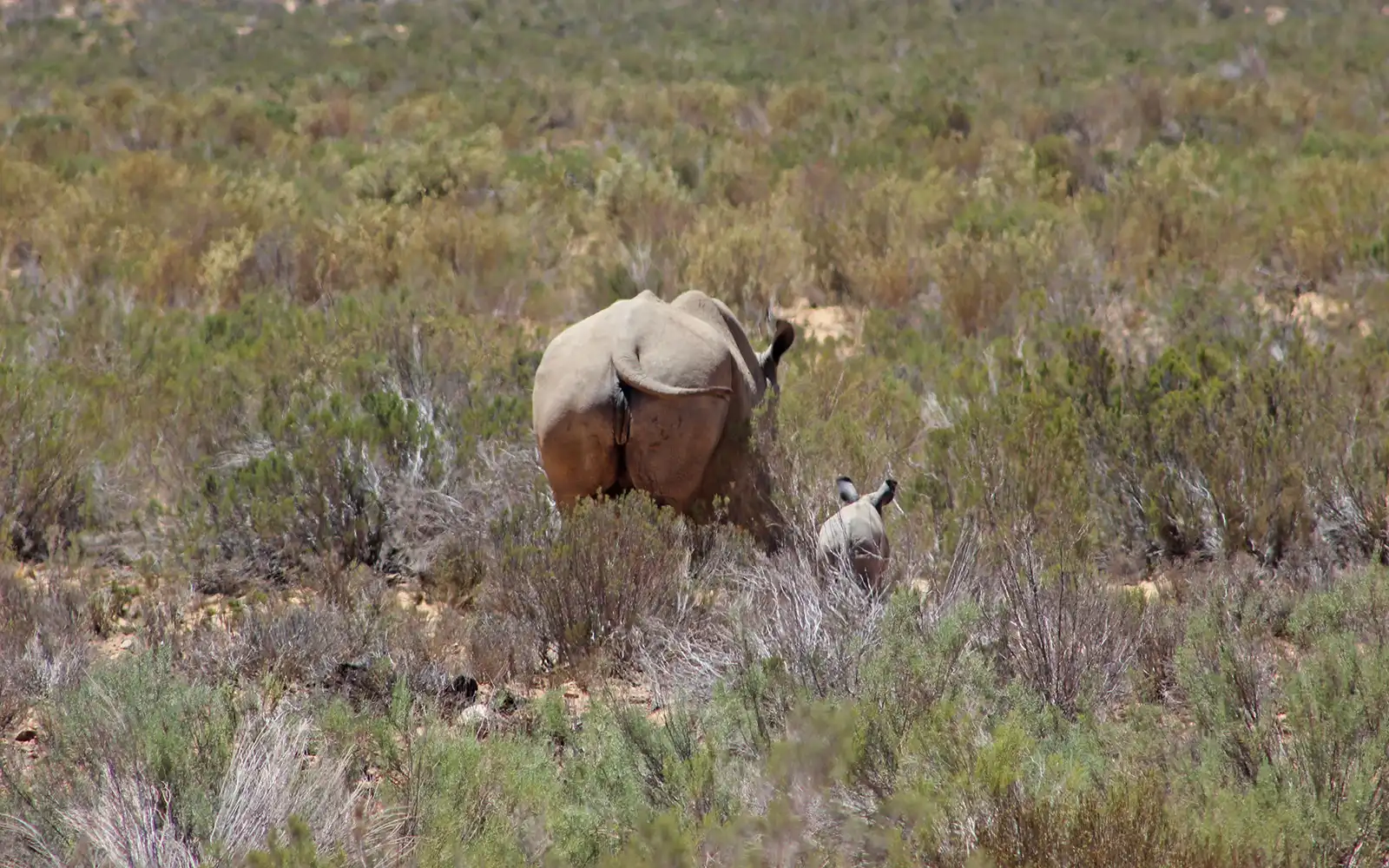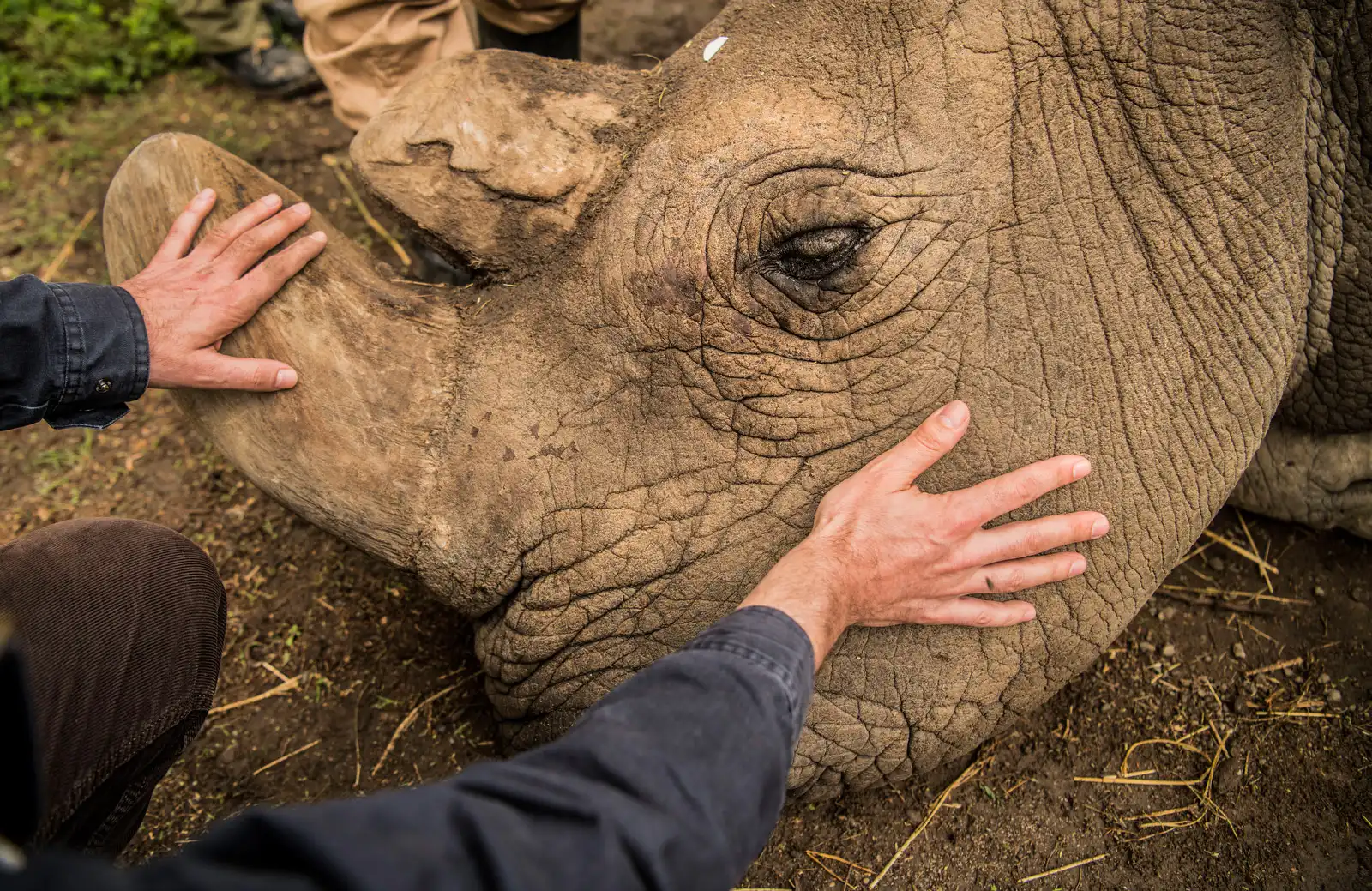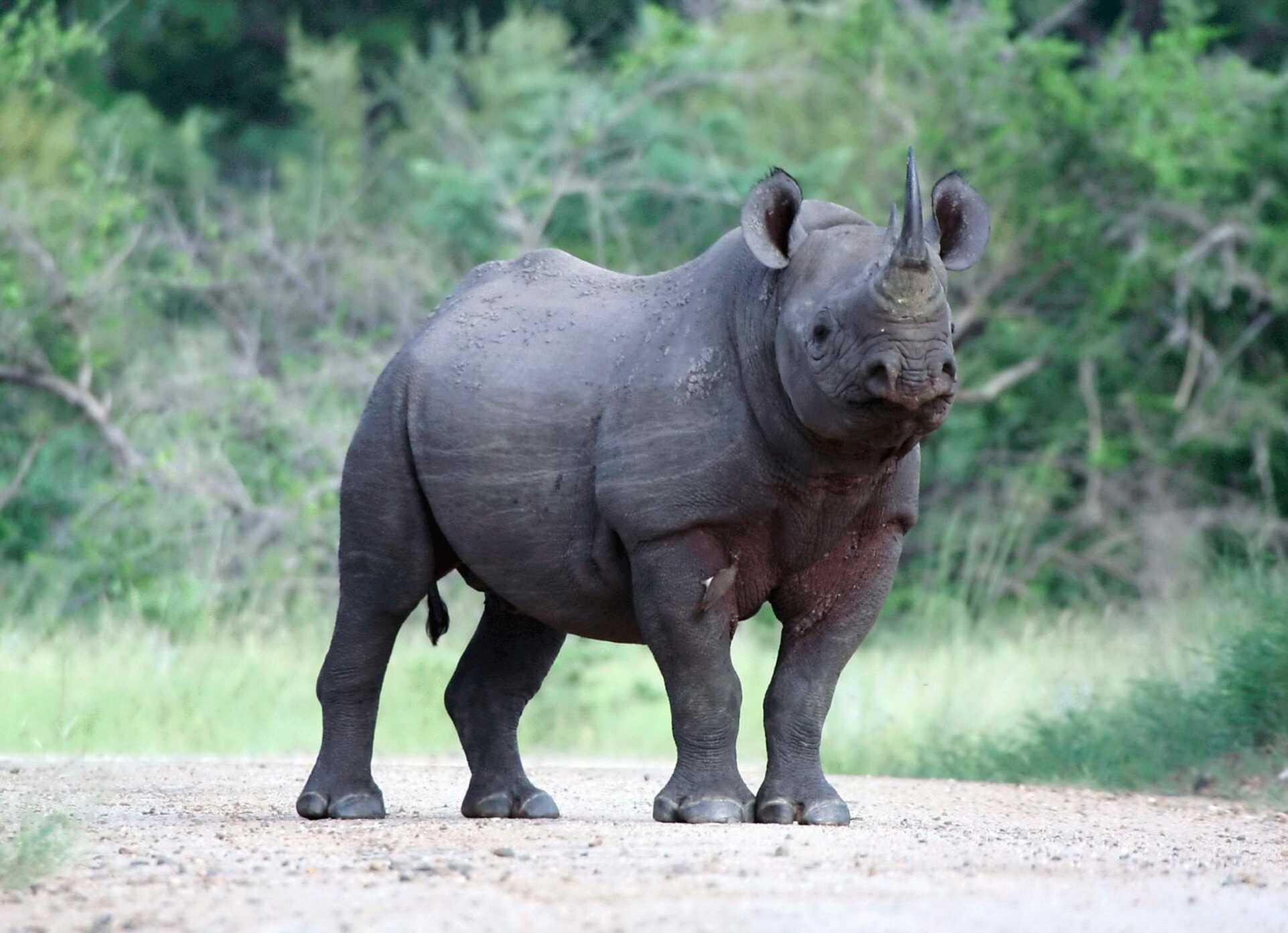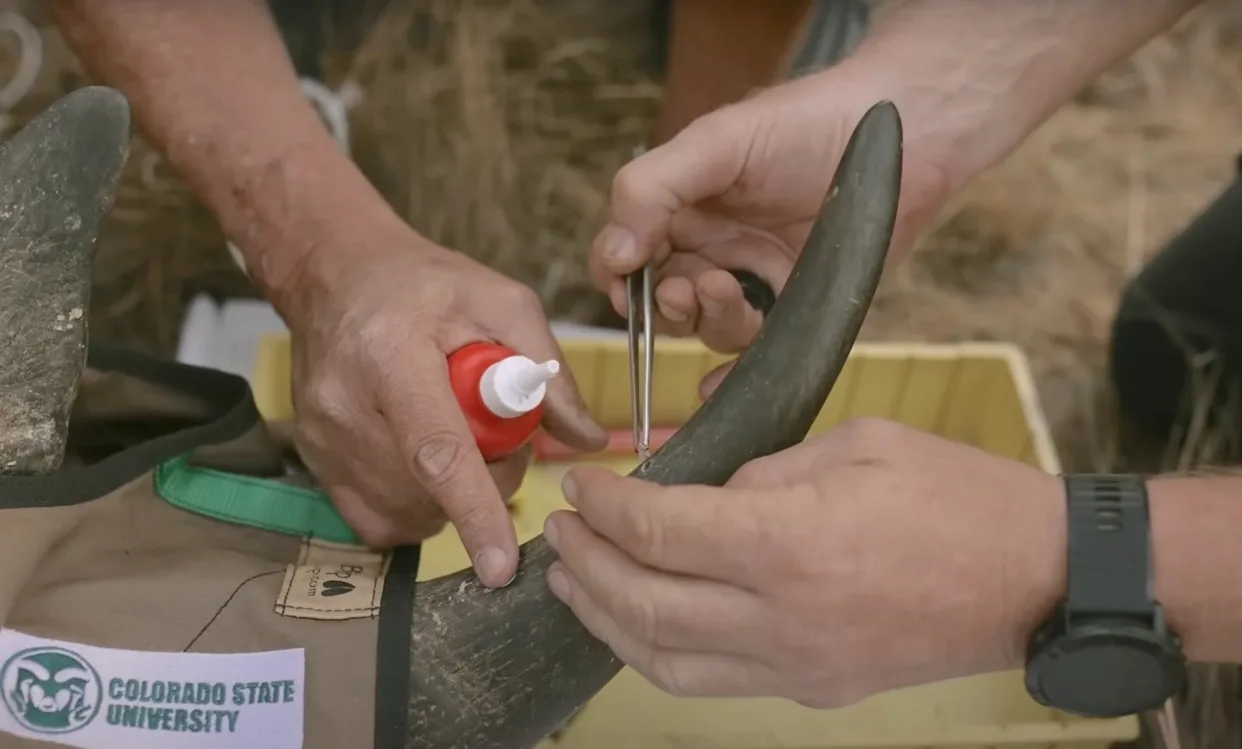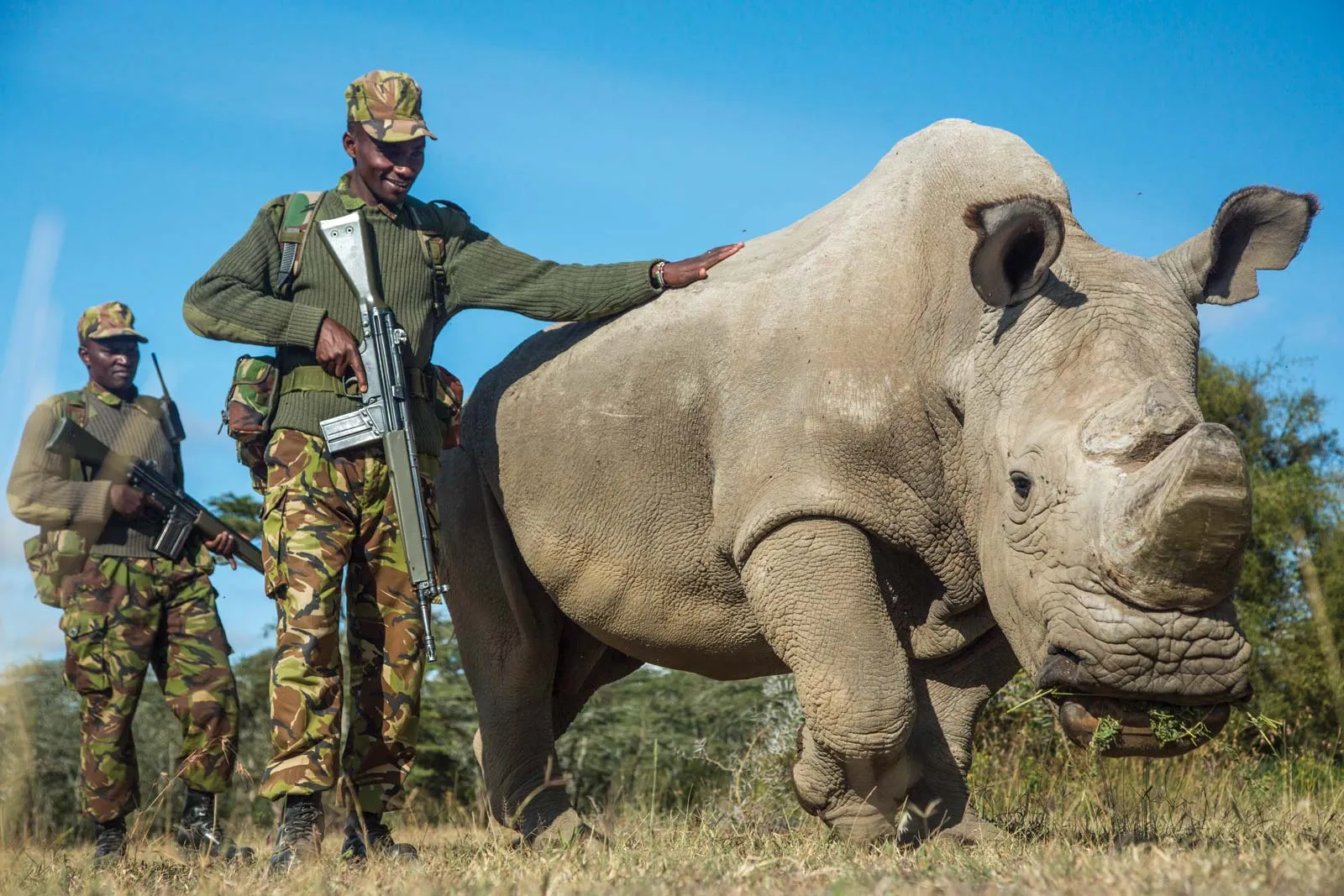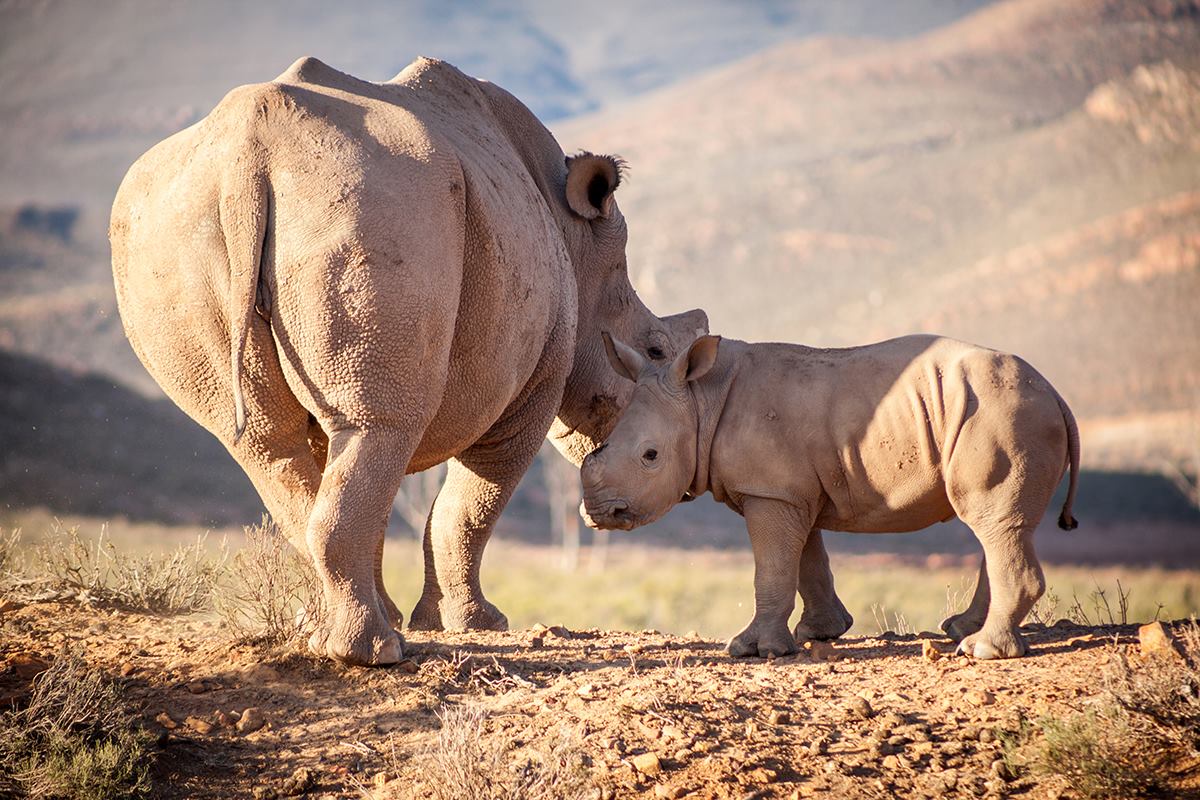Diceros bicornis
The Black Rhinoceros (Diceros bicornis) is a critically endangered rhino species. Currently, around 6,487 black rhinos roam across 12 African countries, with 98% of the population concentrated in just four countries: South Africa, Namibia, Botswana, and Kenya. Though these numbers are still dangerously low, the black rhino population has been relatively stable over the last decade thanks to dedicated conservation efforts.
Diceros bicornis, the scientific name for a black rhino, means ‘two horns’. Dicero comes from the Greek word “di”, meaning “two”, and “ceros”, meaning “horn”. “Bicornis” comes from the Latin word “bi”, meaning “two” and “cornis”, meaning “horn.”
Black Rhino Facts
The first thing you need to know about the difference between white rhinos and black rhinos is that their colour has nothing to do with differentiating these two rhino species. Both species are grey, but their names have stuck due to historical misinterpretations and local traditions.
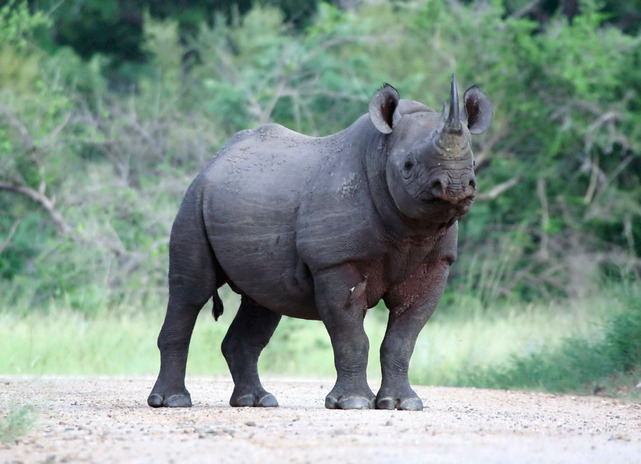
Size
Weight: 1,750 – 3,000 lbs (800 – 1,350 kg). Height: 4.5 – 5.5 ft (1.4 – 1.7 m) tall at shoulder Length: 10- 12.5 ft (3.0-3.8m) length of head and body
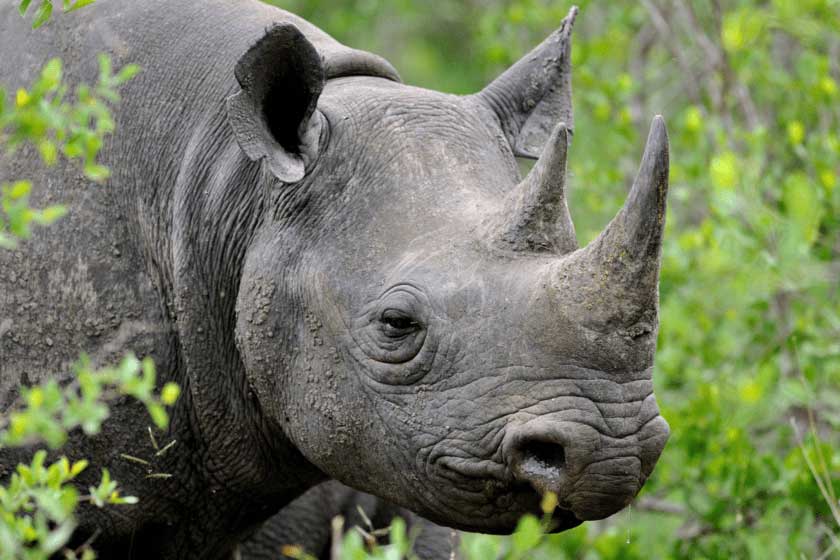
Horn
Black rhinos have two horns. The front horn is larger and measures 20 – 55 inches (0.5 – 1.3 m). The rear horn is smaller and measures up to 22 inches (55 cm) long.
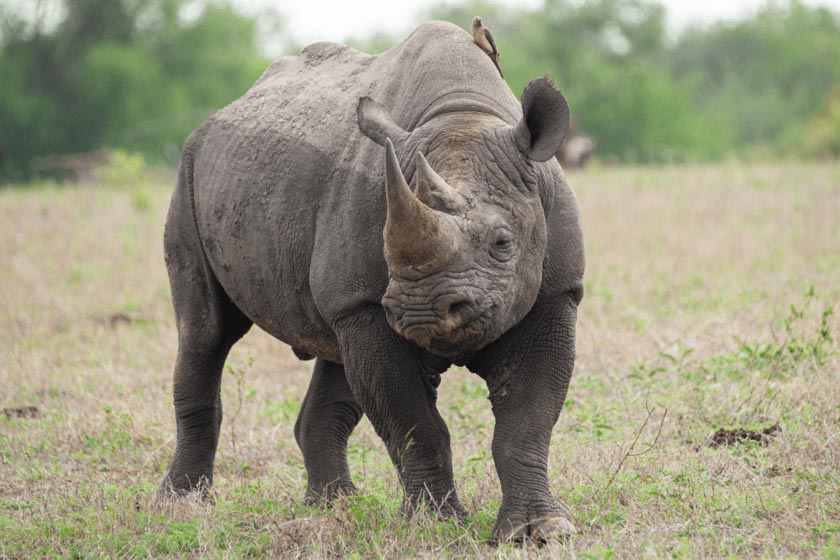
Appearance
Black rhinos are grey, but their names has stuck due to historical misinterpretations and local traditions.
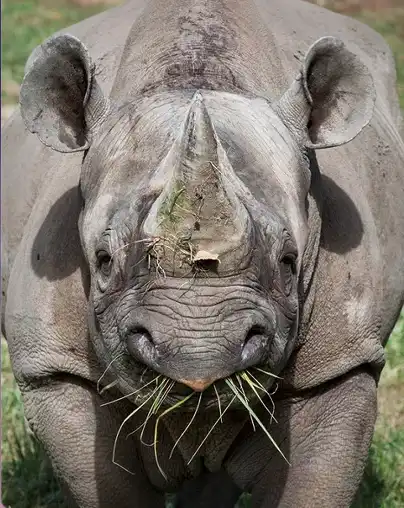
Diet
Black rhinos are browsers. Their prehensile upper lip is adapted for grasping and holding leaves and branches of shrubs and trees.
The Black Rhinoceros
At one time, black rhinos were the most common of the world’s rhino species and records indicate there could have been as many as 100,000 throughout Africa in 1960.
By 1970, poaching had reduced the population to approximately 65,000 and black rhinos continued to decline precipitously. By the mid-1990s, the population had plummeted to just 2,300 individuals—an alarming 98% decrease in only four decades.
Conservation Status
This stark reality sparked a global conservation response. Intense protection measures, anti-poaching initiatives, and habitat management strategies were implemented across Africa.
Black rhino populations have seen a remarkable recovery in the last decade, with an increase of approximately. This small progress reflects the power of sustained conservation efforts, though much work remains to be done to ensure their long-term survival.
Saving Private Rhino
The Saving Private Rhino organisation is at the forefront of efforts to protect rhinos from poaching and to secure their habitats. By providing training for anti-poaching units, supporting wildlife rangers, and enhancing security in rhino habitats, Saving Private Rhino plays a vital role in the ongoing recovery of the black rhino.
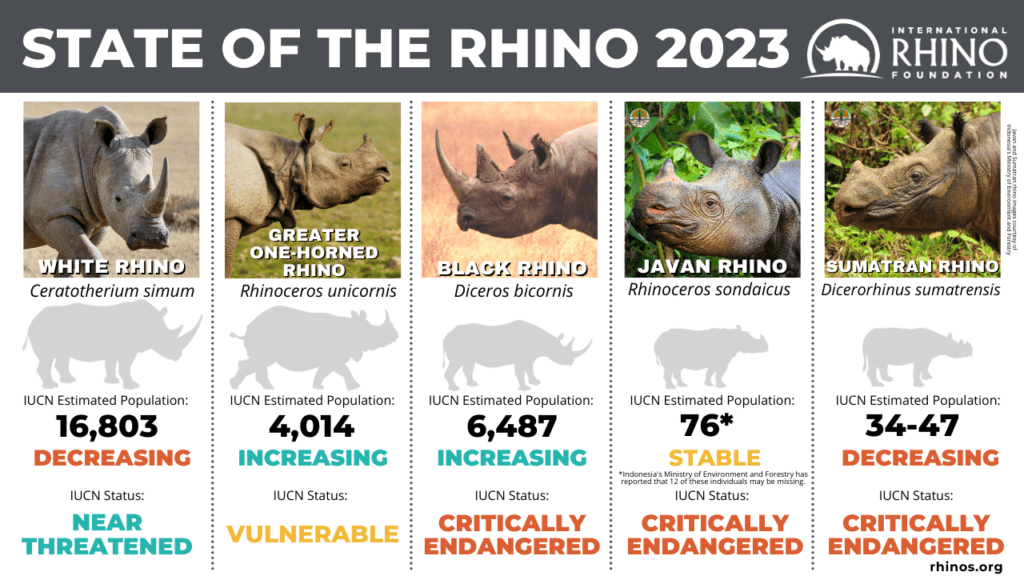
The State of the Rhino
The black rhino’s recovery is a fragile success story. While their numbers are increasing, they still face significant threats. Poaching, driven by the illegal demand for rhino horn, remains the biggest challenge. Additionally, habitat loss and fragmentation pose ongoing risks to their survival. The current population of 6,487 is a fraction of the historical numbers, and the species remains classified as Critically Endangered by the International Union for Conservation of Nature (IUCN).
Save the Rhinos
Your support is crucial in the battle to save the black rhino from extinction. Every donation contributes to the protection and expansion of their populations, ensuring that these majestic creatures can continue to roam the African wilderness. Donate Now to help secure a future for the black rhinoceros and be part of the solution that keeps this species from disappearing forever.

